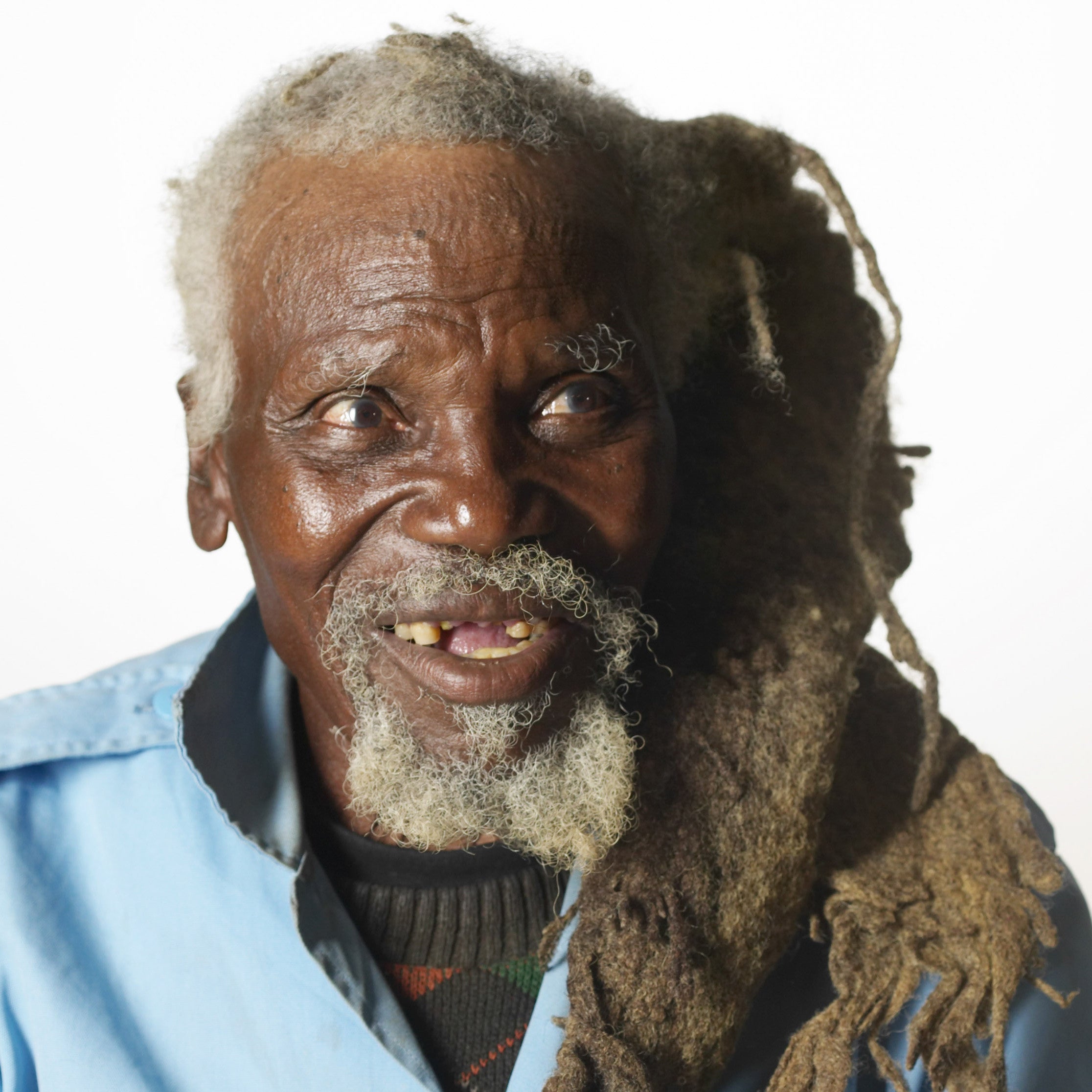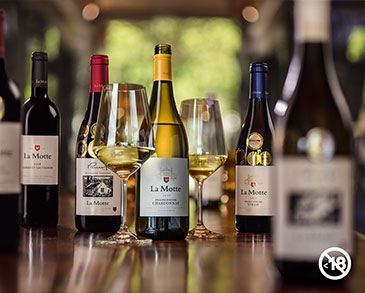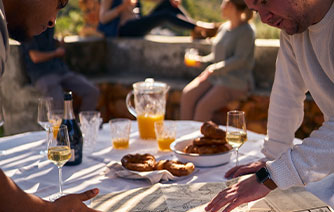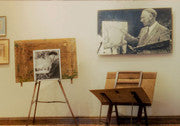
Wood as a medium brings endless potential with its inherent natural grain, form and rawness. Jackson Hlungwani is amongst South Africa’s best known contemporary artists and sculptors who made this medium his own and refer to it as ‘woodwork’. He is also one of the Helgaard Steyn Award Winners – the current contemporary exhibition in the La Motte Museum.
Jackson Hlungwani (1923-2010) : 1993 Helgaard Steyn Awards winner for sculpture
As a priest-sculptor and charismatic spiritual leader of a group of African Zionist Church followers in Gazankulu*, he used his personal spiritual philosophy as theme and inspiration to his subject matter.
Hlungwani never received formal training, but when he was a young boy his father taught him the basic carving techniques to make household objects and utensils. Over the years Hlungwani excelled with his carvings and dedicated his artistic talent to portraying religion combined with elements from his Tsonga heritage.
His commitment to art and preaching lead to the life-long project entitled New Jerusalem and New Canaan, stone palaces to the glory of God that were built over a period of 30 years. Within the New Jerusalem, ‘palace’ stone altars with wooden sculptures were erected, portraying a narrative of and for Hlungwani’s beliefs. (read more on New Jerusalem)
It was only in the 1980’s that Hlungwani, then already in his sixties, was recognized and acknowledge as an artist. This acknowledgement came through the success of the 1985 BMW Tributaries exhibition curated by Ricky Burnett. Soon hereafter collectors from private and public collections (South Africa and abroad) enriched their collections with Hlungwani carved sculptures. Jackson Hlungwani passed away on 20 January 2010. (Read Burnett’s tribute to Hlungwani for a personal insightful view on the artist).
Amongst the various sculptures carved during the late 1980’s, six pieces were taken up in the collection of the Johannesburg Art Gallery. Itn was these six monumental works in particular that were nominated and announced as the winning work for the 1993 Helgaard Steyn Awards – Sculpture.

Jackson Hlungwani, Large Crucifix (1990), wood, pencil and charcoal, 293 x 178 x 120cm.
In the collection of Johannesburg Art Gallery. Photo courtesy of Johannesburg Art Gallery.

Jackson Hlungwani, Tiger Fish III (1987-89), nkonono wood, 94 x 470 x 26cm. In the collection of Johannesburg Art Gallery. Photo courtesy of Johannesburg Art Gallery.

Jackson Hlungwani, Adam and the Birth of Eve (1989), ntoma wood, 404 x 142 x 87cm.
In the collection of Johannesburg Art Gallery. Photo courtesy of Johannesburg Art Gallery.

Jackson Hlungwani, Altar of God [s.a], wood and stone, size variable. In the collection of Johannesburg Art Gallery. Photo courtesy of Johannesburg Art Gallery.
More information and photographs of Tiger Fish III, Adam and the birth of Eve; Large Crucifix; God and Christ; Michael Star and Altar of God (1987-1990) are available from the Helgaard Steyn Awards exhibition catalogue (page 14). As a celebration of the life and work of the acclaimed artist, the Jackson Hlungwani exhibition, Jackson Hlungwani – A New Jerusalem, was on exhibition at the Polokwane Municipal Art Museum in Limpopo between November 2013 and March 2014 before it moved to the UJ Gallery for a month exhibition from June to July 2014. This seminal exhibition provided a retrospective overview of the legendary artist’s sculptures, prints, tools, sacred New Jerusalem site and philosophy.
Note:
Due to restrictions and the permanent display in the Johannesburg Art Gallery with one room exclusively dedicated to artists Jackson Hlungwani and his work, the winning work is not exhibited in the retrospect exhibition of the Helgaard Steyn Awards 1987 – 2013 currently in the La Motte Museum.
Featured image:
Photo courtesy of: Neillen van Kraayenburg Collection – www.gallery181.ca/
Photographer: Merwelene van der Merwe – www.merwelene.co.za
*Gazankulu was the homeland of the Shangaan and Tsonga people in South Africa situated west of the Kruger National Park with Giyani as its capital and also granted self-government in 1973. Since 1994, the former homeland of Gazankulu has formed part of the Limpopo Province. (source www.sahistory.org.za)











